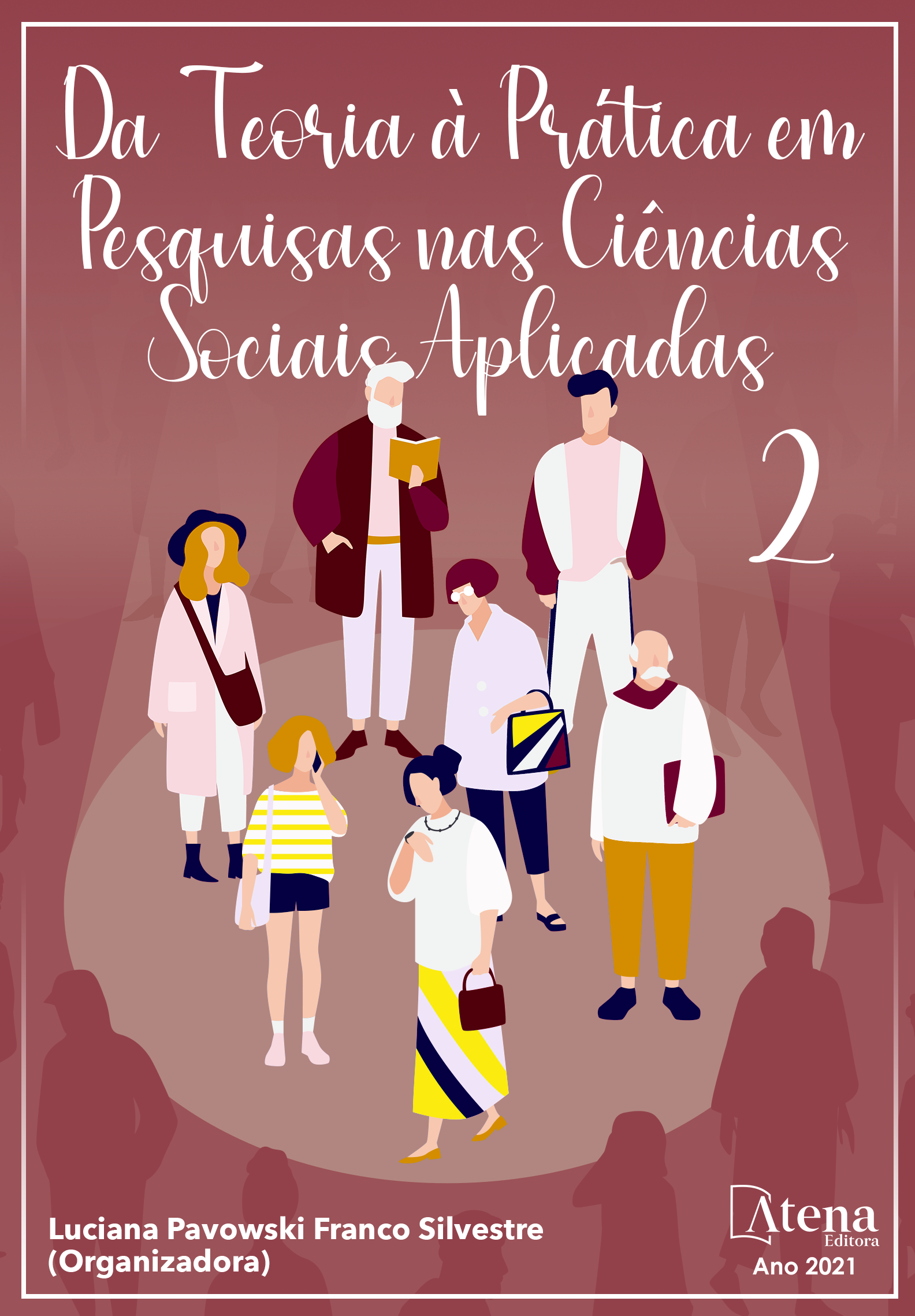
A (DES) URBANIDADE DO DISTRITO DE MARECHAL BORMANN / CHAPECÓ / SC
Na pauta de questões para compreensão do processo de urbanização brasileira Milton Santos (1994) expõe relevante enfoque: o espaço materializa o tempo, ou seja, registra as intenções pensadas e executadas para cada cidade. Entende-se que esta leitura pode ser feita a partir do estudo da urbanidade, que tal como entendida por Ana Clara Ribeiro (1995), é o nível de amadurecimento das relações políticas e socioculturais, podendo ser compreendida pelo estudo das condições materiais e sociais do desenvolvimento urbano que afetam, sobretudo, a qualidade de vida nas cidades. Nesse sentido a urbanidade precisa ser enfrentada política e institucionalmente. Não necessariamente distantes destas reflexões e plenamente cientes da complexidade e amplitude das relações que se estabelecem no fato urbano, AGUIAR e NETTO (2012: p. 13) explicitam a “impressão de que ‘urbanidade’ é uma propriedade robusta, chave; uma propriedade que parece endereçar o coração da vida urbana e suas condições”. Dentre os muitos caminhos teóricos e epistemológicos possíveis este estudo se aproxima das reflexões de Lucas Figueiredo e do que chamou de desurbanismo: tendências de algumas lógicas de produção do espaço, identificadas no estudo das cidades brasileiras ao longo dos últimos anos, tal como tipologias arquitetônicas, espaços e sistemas de transporte. Assim a partir do recorte do ordenamento territorial contido nos Planos Diretores do município, refletiu-se sobre as características urbanas hoje encontradas no Distrito de Marechal Bormann em Chapecó/SC.
A (DES) URBANIDADE DO DISTRITO DE MARECHAL BORMANN / CHAPECÓ / SC
-
DOI: https://doi.org/10.22533/at.ed.51121300722
-
Palavras-chave: Desurbanismo; Política pública; Chapecó; Marechal Bormann
-
Keywords: Desurbanism; Public policy; Chapecó; Marechal Bormann
-
Abstract:
In the list of questions for understanding the Brazilian urbanization process Milton Santos (1994) presents a relevant focus: space materializes time, that is, it registers the intentions thought and executed for each city. It´s understood that this reading can be made from the study of urbanity, which, as understood by Ana Clara Ribeiro (1995), is the level of maturity of political and socio-cultural relations, which can be understood by studying the material and social conditions of the urban development that mainly affect the quality of life in cities. In this sense, urbanity needs to be faced politically and institutionally. Not necessarily distant from these reflections and fully aware of the complexity and breadth of the relationships that are established in the urban fact, AGUIAR and NETTO (2012: p. 13) explain the “impression that ‘urbanity’ is a robust, key property; a property that seems to address the heart of urban life and its conditions”. Among the many possible theoretical and epistemological paths this study comes close to the reflections of Lucas Figueiredo and what he called desurbanism: trends in some logics of space production, identified in the study of Brazilian cities over the last few years, such as architectural typologies, transportation spaces and systems. Thus, from the cut of the territorial ordering contained in the Master Plans of the municipality, it was reflected on the urban characteristics found today in the District of Marechal Bormann in Chapecó / SC.
-
Número de páginas: 17
- Katiane Laura Balzan
- Gabriela Borges da Silva
- André Luiz Carrilho Nucci
- Dyenifer Taysa Mendes
- Ana Laura Vianna Villela


